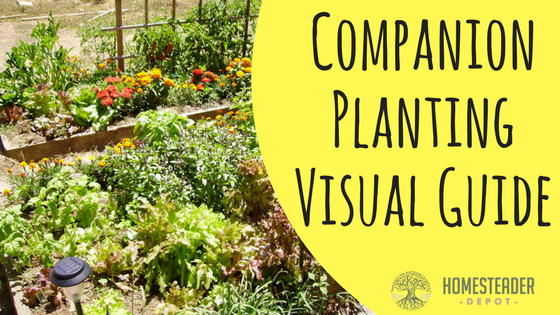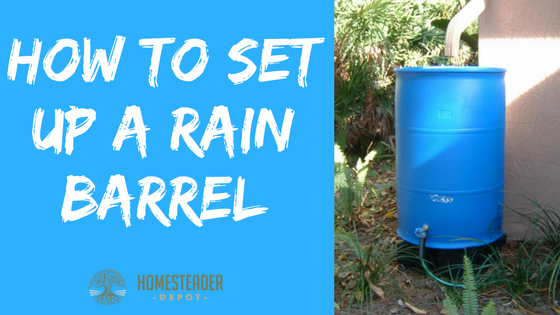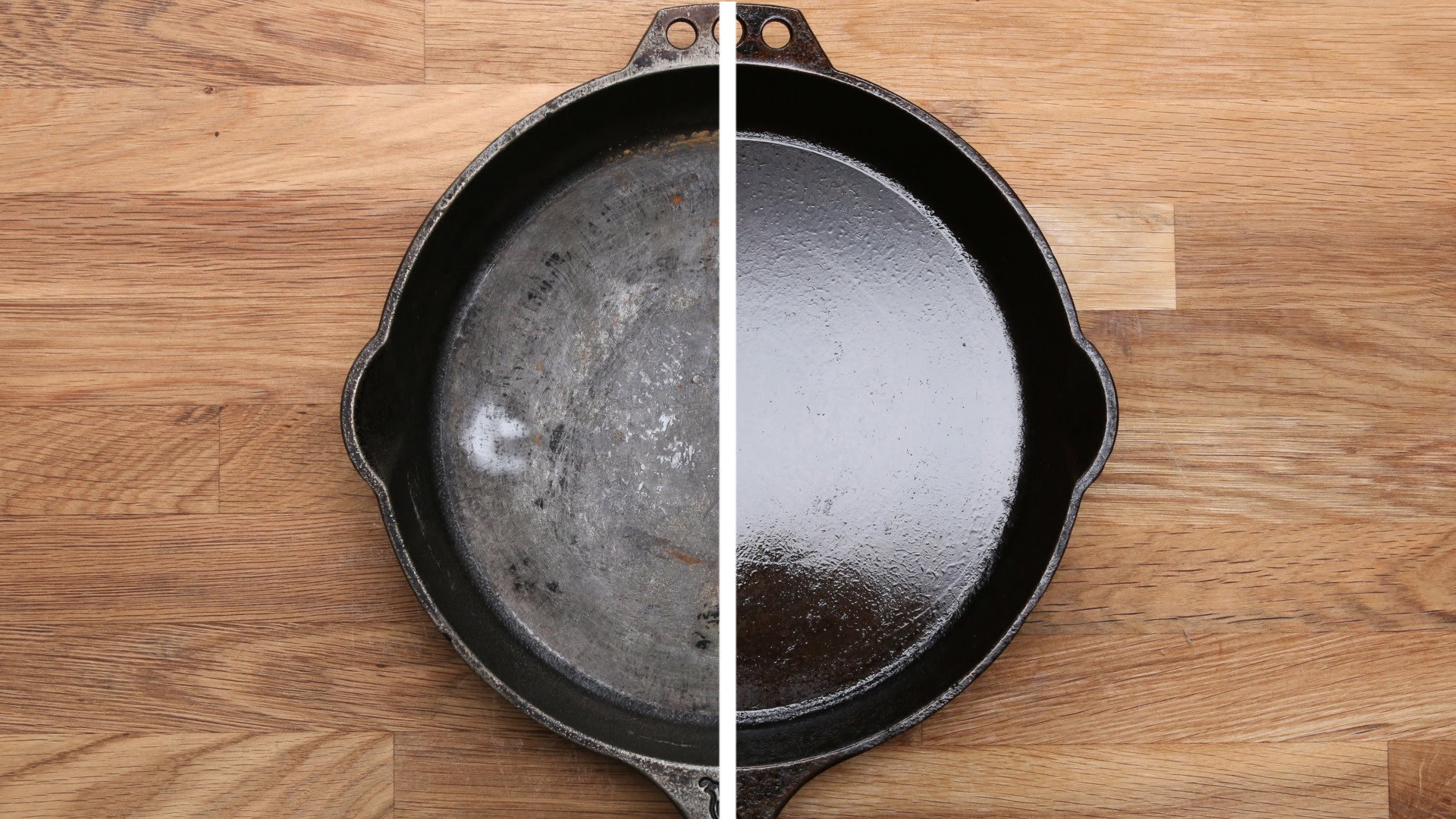Companion Planting Visual Guide (Infographic)
Companion planting is a gardening practice that involves strategically planting certain vegetables next to one another for their mutual benefit. It can lend itself to great success in the garden, but it can be a bit confusing and overwhelming to plan out. This infographic from MomWithAPrep.com is a fantastic cheat sheet for figuring out the … Read more








